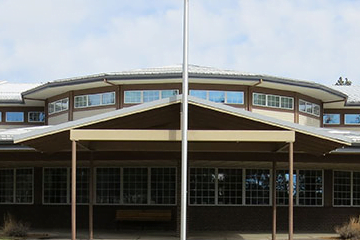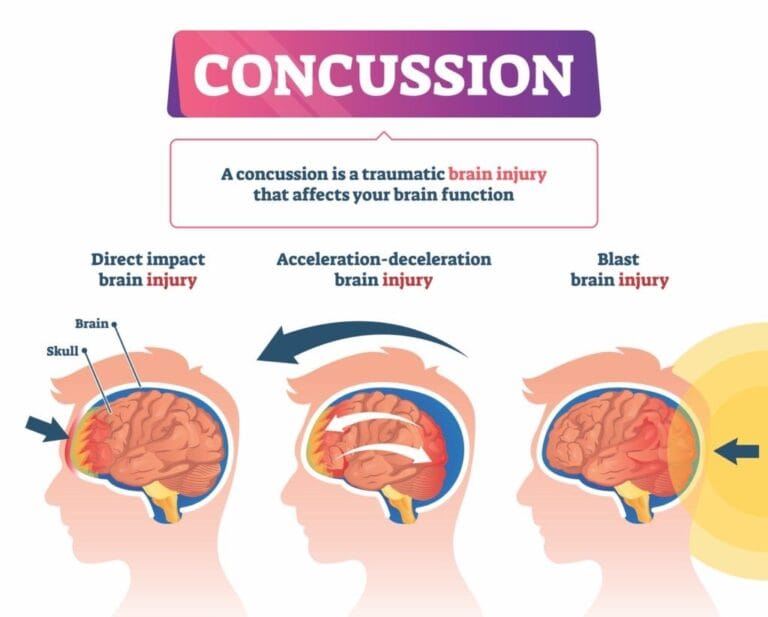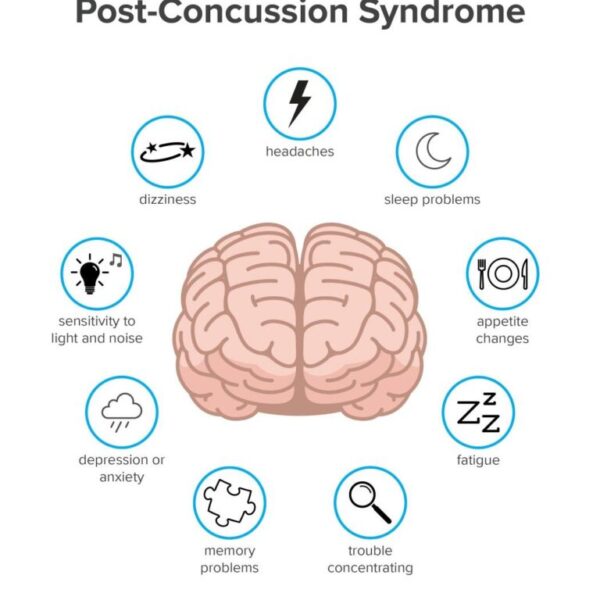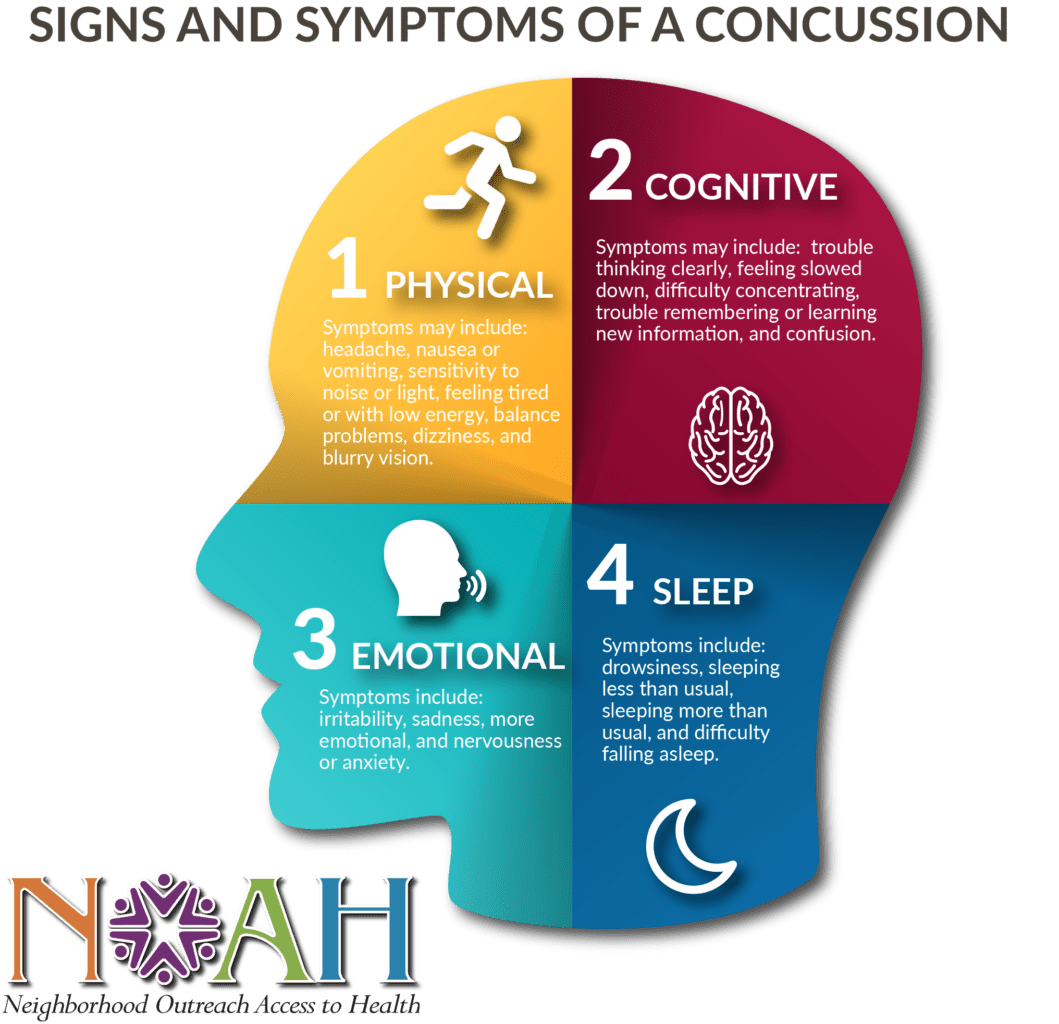District / Athletics & Activities / Outlaw Athletics / Concussion Protocol
The Facts
- A concussion is a brain injury.
- All concussions are serious.
- Most concussions occur without loss of consciousness.
- Concussions can occur in any sport or recreation activity.
- Recognition and proper response to concussions when they first occur can help prevent further injury or even death.
What is a concussion?
A bump, blow, or jolt to the head can cause a concussion, a type of traumatic brain injury (TBI). Concussions can also occur from a blow to the body that causes the head and brain to move rapidly back and forth. Even a “ding,” “getting your bell rung,” or what seems to be a mild bump or blow to the head can be serious.
During sports and recreation activities, concussions may result from a fall or from players colliding with each other, the ground, or with obstacles, such as a goalpost. The potential for concussions is greatest in athletic environments where collisions are common. Concussions can occur, however, in any organized or unorganized sport or recreational activity, as well as outside of sports from events such as a motor vehicle crash.
Sometimes people do not recognize that a bump, blow, or jolt to the head or body can cause a concussion. As a result, athletes may not receive medical attention at the time of the injury, but they may later report symptoms such as a headache, dizziness, or difficulty remembering or concentrating. These symptoms can be a sign of a concussion.
Did you know?
Athletes who have ever had a concussion are at increased risk for another concussion.
Young children and teens are more likely to get a concussion and take longer to recover than adults.
A repeat concussion that occurs before the brain recovers from the first—usually within a short period of time (hours, days, or weeks)—can slow recovery or increase the likelihood of having long-term problems.
Recognizing a Possible Concussion
To help recognize a concussion, you should watch for and ask others to report the following two things among your athletes:
1. A forceful bump, blow, or jolt to the head or body that results in rapid movement of the head.
–and–
2. Any concussion symptoms or change in the athlete’s behavior, thinking, or physical functioning.
Athletes who experience one or more of the signs and symptoms after a bump, blow, or jolt to the head or body should be kept out of play the day of the injury and until a health care professional, experienced in evaluating for concussion, says they are symptom-free and it’s okay to return to play.
Sisters School District Recognizes the Importance of Having a Concussion Protocol
Sisters School District Protocol and Procedures for Management of Sports-Related Concussions Medical management of a sports-related concussion is evolving. In recent years, there has been a significant amount of research into sports-related concussions in middle school/high school athletes and legislation has been adopted to protect student-athletes and to ensure best practices among Oregon school districts.
Sisters School District has established this Protocol and Procedures for Management of Sports-Related Concussions to educate and guide persons who instruct or train members of a school athletic team, including employees, volunteers, and contract coaches/instructors, in the treatment and management of sports-related concussions and to comply with applicable laws. This Protocol outlines procedures for staff to follow in managing head injuries and outlines school policy as it pertains to a student-athlete’s resumption of athletic activities, including practice or conditioning, following a concussion (“Return to Play”).
Sisters School District seeks to provide a safe “Return to Play” for all athletes after injury, particularly after a concussion. In order to effectively and consistently manage concussions, procedures have been developed to aid in insuring that concussed athletes are identified, treated, referred appropriately, receive proper follow-up medical care during the school day, including academic assistance, and are fully recovered prior to a “Return to Play”.
Documents
Information
Resources
Contact Athletics
"*" indicates required fields










